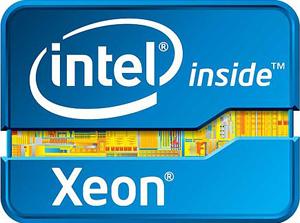Our approach is to allow the GPU cores to execute computational functions, and have CPU cores pre-fetch the data the GPUs will need from off-chip main memory. This is more efficient because it allows CPUs and GPUs to do what they are good at. GPUs are good at performing computations. CPUs are good at making decisions and flexible data retrieval.The collaboration technology, called CPU-assisted general purpose computation on graphics processor units (CPU-assisted GPGPU), improved processor performance by an average of 21.4 percent in preliminary tests. AMD's current hybrid processor, the Llano, won't support this approach and Intel's Sandy Bridge provides only limited capability, but Zhou told Ars Technica, that he expects to see hardware support for CPU-assisted GPGPU applications in upcoming generations of hybrid platforms from both Intel and AMD, with software support to follow. The paper, “CPU-Assisted GPGPU on Fused CPU-GPU Architectures,” will be presented Feb. 27 at the International Symposium on High Performance Computer Architecture in New Orleans.
Collaboration Boosts Chip Performance
For all the talk about collaboration and employees' ability to work with a team, North Carolina State University researchers have found big performance gains, too, by getting graphics processing units (GPUs) and central processing units (CPUs) on a single chip to collaborate. They've improved processor performance by more than 20 percent. Dr. Huiyang Zhou, an associate professor of electrical and computer engineering and co-author of a paper on the research, explained that while CPU cores and GPU cores typically co-exist on a single chip in the emerging "fused architecture," they largely work on separate functions. He explained in the university's press release:

